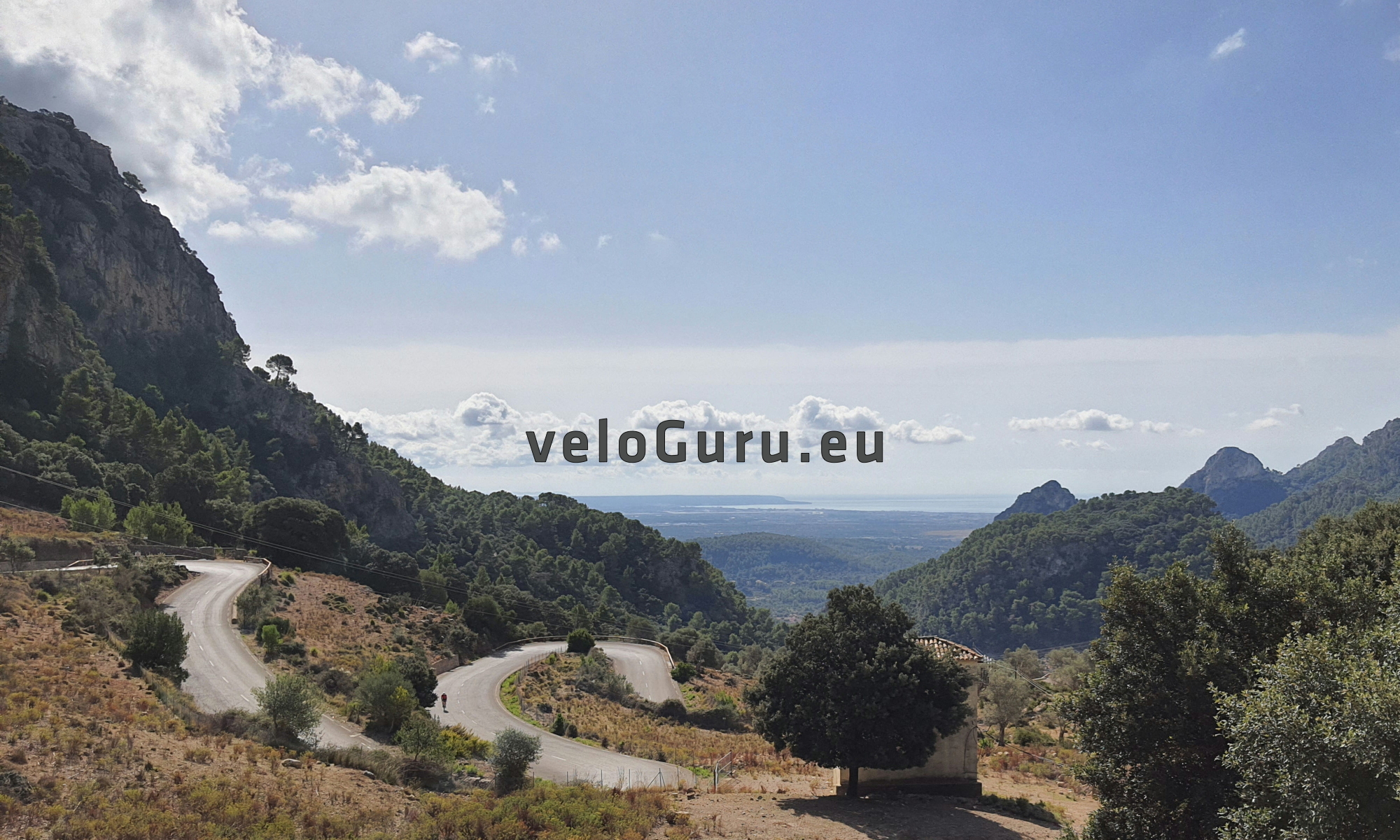I have received an email from a dear fellow cyclist (his Youtube here) residing in Thailand, as to what my take is on powermeters. Specifically, if they are apt to teach us better pedalling and if we put an equal amount of torque into both left and right crank arms.
Full disclosure: I do not have much first hand experience with different systems. But I have some ideas about them I am willing to share. Also, I will include a link to a youtuber who is deep into the matter.
My first power meter was a heart rate monitor. It has nothing to do with “souplesse” of course, but I keep circling back to using those to get a better feel of “felt exhaustion” in relation to the actual state of my heart and “rpm”.
While I did extensive research (as I tend to do), I since only opted for a single sided system in form of Stages Power (not affiliated or endorsed), which seemed to be a practical because it can easily be interchanged between any crank set of the same spec (i.e. spindle and crank length).
The data output correlates significantly with the heart rate monitor, but is of course much more imminent as torque put into the crank is measured many times per second and displayed on the head unit immediately. And the heart takes a little longer to react to exertion and resting periods.
I do like this system a lot, especially to show me more directly where I am headed (full on blowing up soon, or, possibly a sustainable effort) on ascends and into headwinds.
As for souplesse or at least, balancing power input between left and right foot, I believe a well tuned dual sided system can help. I would probably check into a pedal-axle system because it can be easily transferred between bikes, despite the fact that an increase in stance (“Q-factor”) can have some effect on comfort on the bike, and might take some getting used to.
What I tend to rely on more though, both for souplesse and balance on the bike, is “feel” (yes, an overused word indeed). As I state in my “ich” (German only) section on this website, I profess in feel for three decades now, and come to believe it is somewhat a declining form of approach, while being able to provide not only great insights, but also joy.
In the right circumstances (shoes tied equally, bike fits well, no imminent outside threats like rabid dogs or, car drivers) it does result in a state similar to meditation, at least for me.
Especially on free rollers, any imbalance becomes very obvious in form of the bike drifting to one side and the feel of the hands on the bars.
While there are many techniques to get more in touch with “feel”, this would be a bit much for this one blog post.
But if I know where and what to look for from a mere mechanical perspective, I can find differences rather easily.
Knee injuries do help ironically, and dealing with some tendon inflammation on the outter side of mine gave me even more insights over the years, and good solutions on top.
The contact points are, where it is at. It is rather hard to feel “a knee” in motion if focussing on it alone, but going with the reference points of my feet exerting pressure within my shoes and the movement of my hip joints, I was able to rather easily and quickly reign in the sideways motion of my knees during the pedal stroke.
A similar approach helped me to have more power and endurance during my first stay on Mallorca in 2022 (see the last Strava cut down the page), where I focussed on how my feet felt within the shoes while trying to a) pedal more equally and b) to put power into the crank for a wider angle within the rotation.
Shane Miller aka GPLama on Youtube (external link!).
